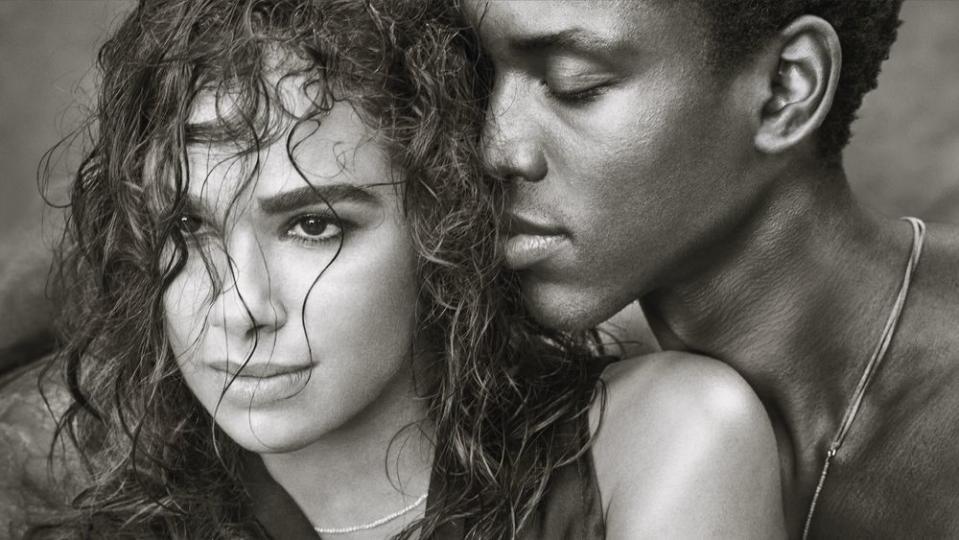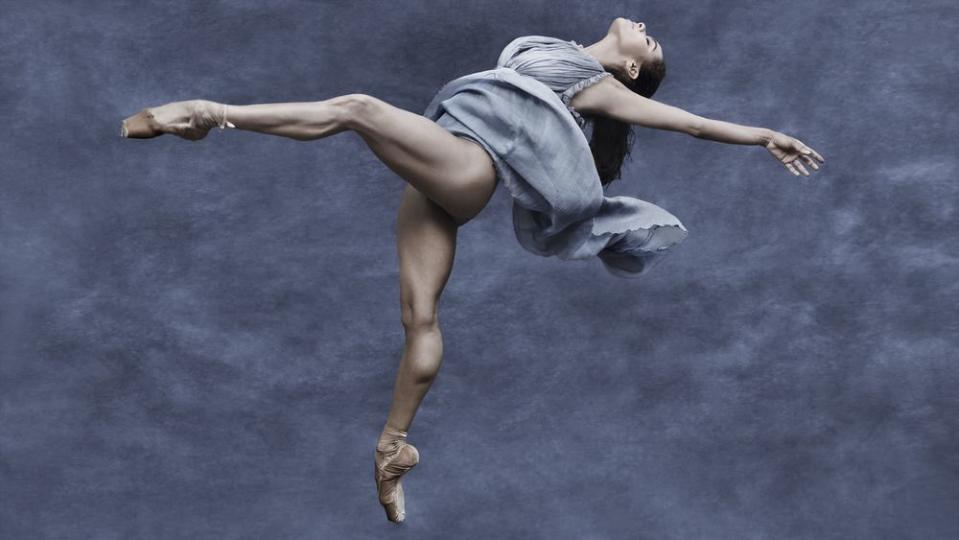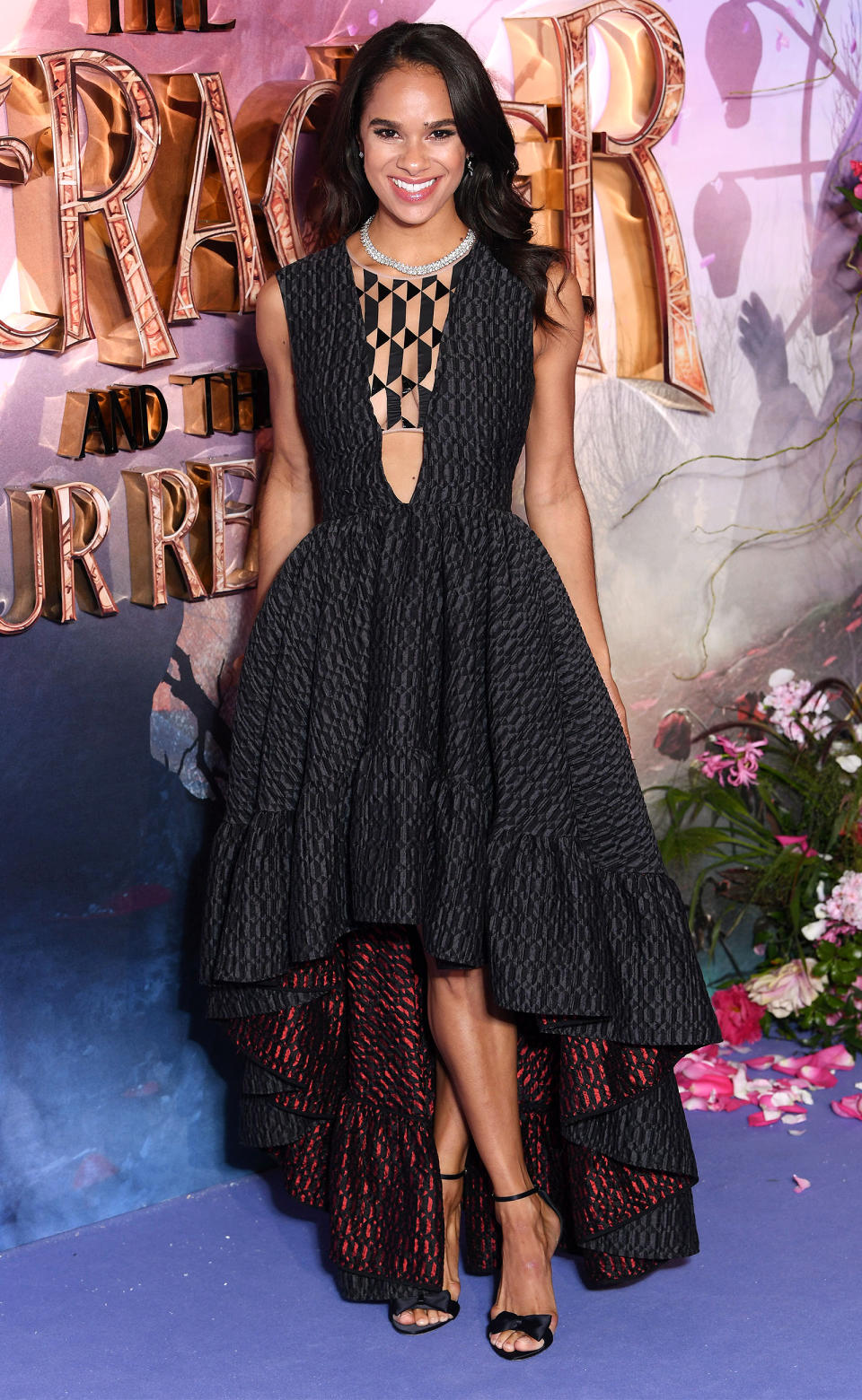Misty Copeland Talks About Playing an Exotic Dancer for Her 2019 Pirelli Calendar Shoot
The Pirelli calendar is known for its A-list stars who grace the pages year after year. And for 2019, Misty Copeland, joins Gigi Hadid, Julia Garner and Laetitia Casta, with her very own 13-page spread. Now, she’s getting candid about the editorial process and what it was like playing an exotic dancer for the photo shoot.
In Copeland’s Pirelli calendar, she portrays a dancer who supports herself by performing in a strip club but dreams of dancing in Paris. She poses with her character’s dancer boyfriend (played by American Ballet Theatre dancer Calvin Royal III) in a series of sensual and expressive shots.

“She was wonderful,” photographer Albert Watson tells PEOPLE. “It was a great experience with her, because she’s very, very disciplined. And of course that is perfect for me because if I explains what I want in a shot, she delivers it virtually immediately and we can move on. Because we shot the entire calendar in a day, and to do 13 shots that are in different situations in one day is not easy.”

PEOPLE also caught up with Copeland to get her take on the experience. She talks about shooting with Watson and opens up about social media pressures, diversity in dance and more.
PEOPLE: What was the experience like shooing the 2019 Pirelli calendar?
Misty Copeland: It was such an honor to be a part of this history behind the Pirelli calendar, and working with Albert [Watson]. I was like, “Oh my gosh, I can’t believe this is happening”. It was insanely exciting and to hear Albert’s vision, I definitely connect and relate more to having a story line. That’s what we do as classical dancers, we tell stories through our movement, so I just loved that concept that I wasn’t just standing in front of the camera posing to make shots for a calendar. I could really use my strength, which I think is expression through movement. My character is in a relationship with a dancer, and he actually is a coworker of mine, Calvin Royal, who plays my boyfriend within this story that Albert created. I just think it was captured so beautifully, and just to see all of the struggles, and things that dancers face. You know, we’re often struggling to financially survive and get to where we want to get to, and my dream was getting to Paris to dance as a classical dancer.
P: Did you do anything specific to prepare for the shoot?
MC: No, I feel like I adjust well when I’m in a certain environment. I feel like I can take on the character that I’m supposed to be because of the surroundings that I’m in. I definitely wasn’t practicing stripping. I think it’s about, again, me using my body and telling a story and, a very human story, and getting to see all these different sides of the character I was playing.
P: Why do you think it’s important now more than ever for women to be empowering each other?
MC: I think that there’s no way that we can be our best selves, or make that jump to the next step, to go past what’s expected of us if we’re not supporting one another. I wouldn’t be in this position, in terms of my career, if I didn’t have an amazing team of really strong women that have been there for me, that have showed me “I’ve been through this, or I’ve been through something similar. It’s okay to be the first.” It just means so much to have that support from someone who’s walked in your shoes, to a certain extent. And as women, we can all relate, and understand each other’s troubles, and I think we really just can’t get to where we need to go in terms of being in positions of leadership if we’re not supporting one another.
P: You had a very powerful response to one of your critics on social media this year. Why do you find it’s important to address that kind of negativity that’s out there?
MC: I don’t really put personal things on social media, but it’s really an amazing vessel, especially Instagram, for people to share beautiful imagery. And in dance, and in ballet, it’s the perfect platform for that. So that’s really what I use it for, to reach people who really might not even consider stepping into the Metropolitan Opera House. They can see the beauty, or small clips of me dancing there.
But I also think it’s an amazing place to show, especially the youth, that we all experience this. You know, I’m human. I’m no better than anyone else, I have my struggles, and I want to be able to show a way of dealing with it, and not internalizing it. But trying to understand where the other person is coming from, and share things that maybe they don’t know about me. I think it’s a normal reaction and response for someone who has not followed my career, doesn’t know a lot about classical dance, just to see that end result and see me in a movie, or on the red carpet. But there’s been 25 years of exhausting work and it never ends. I just think it’s important for me to be able to share what it is that I’m going through, and not attack them, but open up that conversation.
P: Freed of London recently released a more shade-inclusive range of ballet shoes for dancers. What do you think about it?
MC: I hope that it won’t just be a fad and fade away, because this has been done before. But of course, there was no attention or focus on it. I’m very fortunate that I’m in a position that I can really open up that conversation and talk about the lack of diversity.
But you know, that conversation’s been going on since the beginning of time with ballet, but the dancers of Harlem, when they came together for the first time, when Arthur Mitchell created them, they were doing that. They had their shoes dyed for all the different shades. I’m hopeful that they will continue on with this and that it’s not just a headline. But I think it’s amazing, because the pink tights and the pink shoes that we wear, that’s supposed to be the color of our skin. It says so much about the lack of diversity in classical dance that we are all wearing the same shade of pink, and that the pointe shoe color is called “European pink”. So, that’s not very inclusive.


